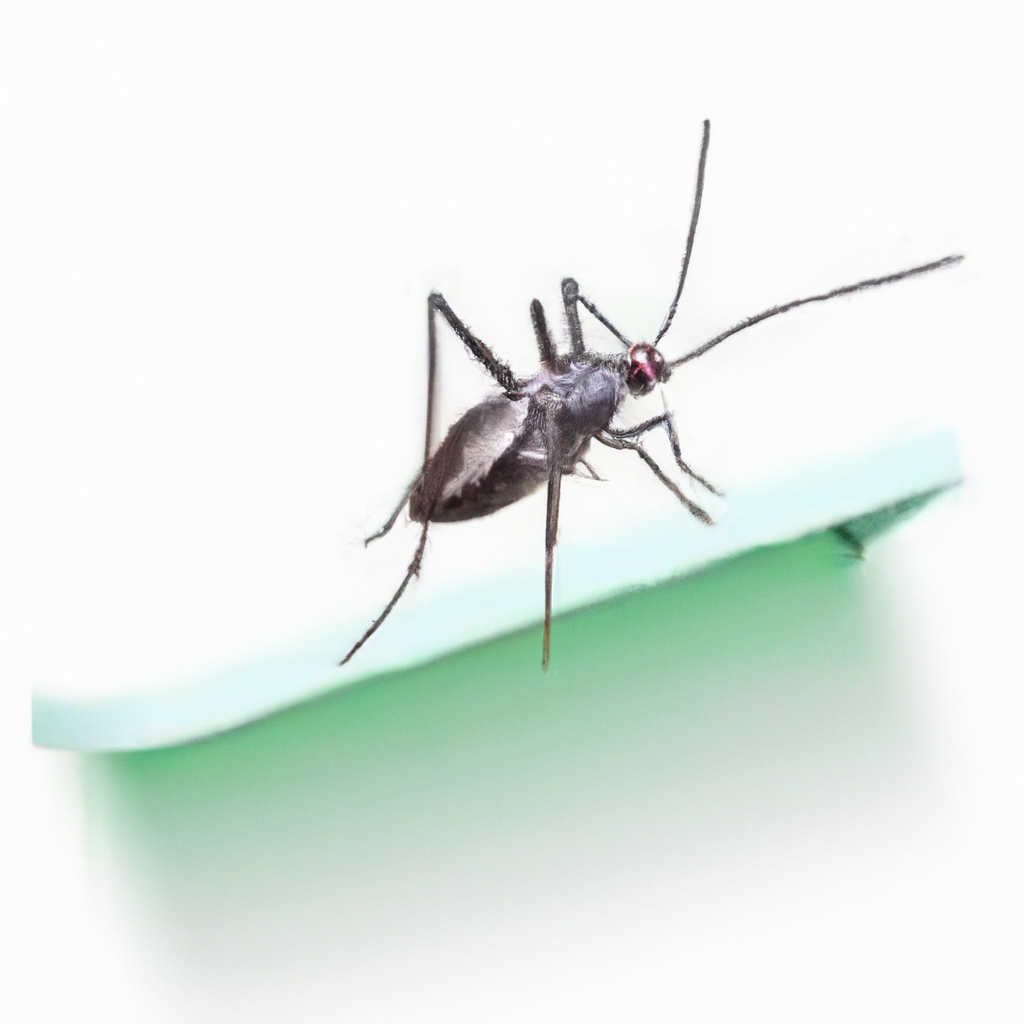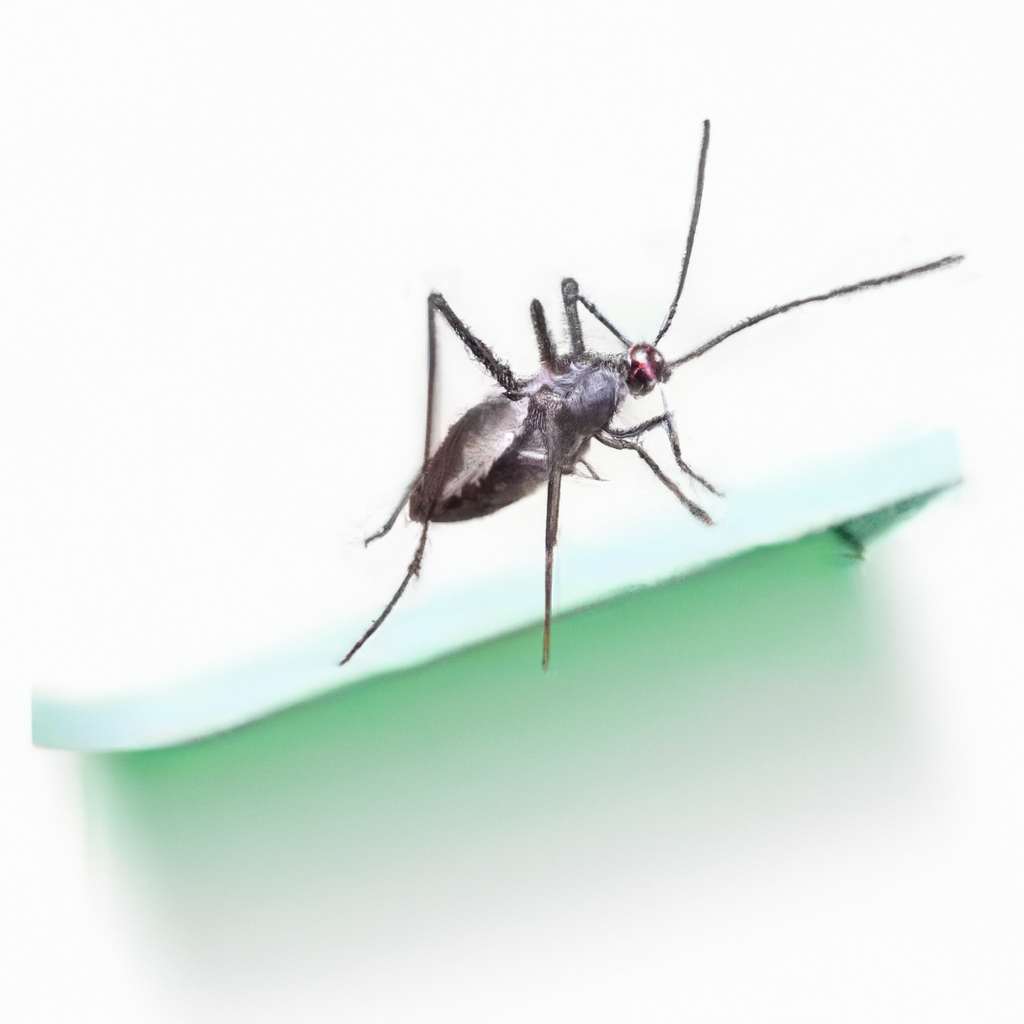Are those pesky drain flies buzzing around your bathroom giving you a headache? Well, fear no more! In this article, we will reveal some incredibly effective methods to eliminate those nuisance drain flies for good. From simple household ingredients to easy DIY techniques, you’ll learn everything you need to know to reclaim your space from these unwelcome guests. So get ready to bid adieu to those bothersome flies and enjoy a fly-free environment once again!

Identifying Drain Flies
Appearance of Drain Flies
Drain flies, also known as moth flies or sewer flies, are small insects that typically measure between 1/8 to 1/4 inch in length. They have a fuzzy appearance and are usually gray or dark brown in color. Drain flies have a distinct humpbacked shape, with large, rounded wings that are held roof-like over their bodies when at rest. Their bodies are covered in fine hairs, giving them a moth-like appearance.
Locations Where Drain Flies are Found
Drain flies are commonly found in areas with moisture and organic matter. As their name suggests, they are often found near drains and pipes, where they breed and lay their eggs. In homes, you may find drain flies in bathrooms, kitchens, and basements, as these areas provide the ideal conditions for them to thrive. They are attracted to standing water, damp surfaces, and decaying organic material.
Behavior and Habits of Drain Flies
Drain flies are primarily active during the evening and night, making it difficult to spot them during the day. They are weak fliers and tend to stay close to their breeding sites. Drain flies lay their eggs in the gelatinous film that forms inside drains and pipes, where the larvae hatch and feed on organic matter. The larvae undergo several stages of development before pupating and eventually emerging as adults. The entire life cycle of a drain fly can take anywhere from 1 to 3 weeks.
Understanding the Causes of Drain Fly Infestation
Moisture and Dampness
One of the main causes of drain fly infestations is excessive moisture and dampness. Areas with persistent leaks or condensation provide the perfect breeding grounds for drain flies. Moisture can accumulate around pipes, faucets, and drains, creating an environment that is conducive to their reproduction. It is important to address any sources of moisture in your home to prevent drain fly infestations.
Organic Accumulation in Drains
Drain flies feed on decaying organic matter, such as food particles, hair, and soap scum, which can accumulate inside drains and pipes over time. If not cleaned regularly, these organic materials can create a buildup that serves as a food source for drain flies. Proper maintenance and regular cleaning of drains can help prevent drain flies from finding a suitable habitat in your home.
Cracks or Gaps in Plumbing
Cracks or gaps in plumbing provide entry points for drain flies to enter your home. These tiny insects can squeeze through even the smallest openings and make their way into your drains. It is important to inspect your plumbing system for any leaks, cracks, or gaps and seal them thoroughly to prevent drain fly infestations.
Preventive Measures to Avoid Drain Fly Infestation
Regular Cleaning of Drains
Regularly cleaning your drains is one of the most effective preventive measures against drain fly infestations. This involves flushing your drains with hot water, using a drain brush to remove any buildup, and using a mixture of vinegar and baking soda to break down organic matter. By keeping your drains clean and free of debris, you make the environment less attractive for drain flies to breed.
Proper Garbage Disposal
Properly disposing of garbage and food waste is crucial in preventing drain fly infestations. Make sure to use sealed trash cans and regularly empty them to prevent organic matter from accumulating. Avoid letting food scraps or grease go down the drain, as this can provide a food source for drain flies.
Sealing Cracks or Gaps in Plumbing
Inspecting your plumbing system for any cracks or gaps and sealing them properly is an important step in preventing drain fly infestations. Pay close attention to areas around pipes, faucets, and drains. Using caulking or sealants can help ensure that there are no entry points for drain flies to exploit.
Natural Remedies for Eliminating Drain Flies
Vinegar and Baking Soda Solution
A mixture of vinegar and baking soda can be an effective natural remedy for eliminating drain flies. Start by pouring a cup of baking soda down the drain, followed by a cup of vinegar. Allow the mixture to fizz and sit for about 30 minutes, then flush the drain with hot water. This helps break down organic matter and eliminate drain fly larvae.
Boiling Water Treatment
Boiling water can be a simple yet effective way to get rid of drain flies. Carefully pour boiling water down the drain, making sure to cover all areas where drain flies may be present. The hot water can kill both the adult flies and their larvae, effectively eliminating the infestation.
Essential Oils Repellents
Certain essential oils, such as lavender, peppermint, and eucalyptus oil, are known to repel drain flies. Mix a few drops of your chosen essential oil with water in a spray bottle and spray it around drains, pipes, and infested areas. The strong scent of the oils can deter drain flies from landing and breeding.

Chemical Treatment Options for Drain Fly Control
Drain Cleaners
Using commercial drain cleaners can help eliminate drain flies by breaking down organic matter and clearing blockages. Look for drain cleaners specifically designed to target organic buildup and follow the instructions carefully when using them. It is important to use these products with caution and ensure proper ventilation in the area being treated.
Insecticides
Insecticides can be an effective option for controlling drain flies, especially in severe infestations. Look for insecticides labeled for drain fly control and follow the instructions provided. It is recommended to consult a professional pest control service before using insecticides to ensure safe and effective application.
Biological Drain Cleaners
Biological drain cleaners are made with beneficial bacteria and enzymes that naturally break down organic matter. These cleaners can be an eco-friendly alternative to harsh chemical products. They work by digesting the organic buildup in drains, depriving drain flies of their food source. Regular use of biological drain cleaners can help prevent drain fly infestations.
Using Traps to Catch and Eliminate Drain Flies
Homemade Sticky Traps
Homemade sticky traps can be an effective way to catch and eliminate drain flies. To make a sticky trap, you will need a shallow container, such as a bowl or dish, and a sticky substance like petroleum jelly or adhesive tape. Place the trap near drains or infested areas and the sticky surface will capture the adult flies, preventing them from breeding.
Pheromone Traps
Pheromone traps are specially designed traps that use synthetic attractants to lure drain flies. These traps mimic the scent of female drain flies, attracting male flies to the trap. Once inside, the flies are unable to escape. Pheromone traps can be an effective tool for monitoring and reducing drain fly populations.
Professional Drain Fly Extermination
Hiring Pest Control Services
In cases of severe drain fly infestations or if DIY methods prove ineffective, it may be necessary to hire professional pest control services. Pest control professionals have the expertise and tools to effectively eliminate drain flies and address the underlying causes of the infestation. They can provide thorough inspection, treatment, and ongoing maintenance to ensure long-term control.
Drain Inspection and Repair
As part of a professional drain fly extermination service, a thorough inspection of your plumbing system will be conducted. Any leaks, cracks, or other plumbing issues that contribute to the infestation will be identified and repaired. This helps eliminate the conditions that drain flies need to survive and prevents future infestations.
Maintenance and Routine Practices to Prevent Drain Fly Recurrence
Regular Cleaning and Maintenance
To prevent drain fly recurrence, it is important to establish a regular cleaning and maintenance routine. This includes cleaning drains, removing buildup, and ensuring proper drainage. Regularly inspecting and cleaning areas prone to moisture or organic accumulation, such as bathrooms and kitchens, can help keep drain flies at bay.
Checking for Plumbing Issues
Regularly checking your plumbing system for any leaks, cracks, or other issues is essential in preventing drain fly infestations. Promptly address any plumbing problems to avoid creating an environment that is conducive to drain fly breeding.
Monitoring Moisture Levels
Keeping an eye on moisture levels in your home is crucial in preventing drain fly infestations. Use dehumidifiers in areas where humidity is high and ensure proper ventilation to discourage the buildup of moisture. By controlling the moisture levels, you can make your home less attractive to drain flies.
Other Common Questions about Drain Fly Control
Are Drain Flies Harmful?
Drain flies are not harmful to humans. They do not bite or sting and are not known to transmit diseases. However, their presence can be a nuisance and they may contaminate food or surfaces if their numbers become excessive.
Can Drain Flies Infest Other Areas of the Home?
While drain flies are commonly found in bathrooms, kitchens, and basements, they can potentially infest other areas of the home as well. Any area with standing water, decaying organic matter, or excessive moisture can serve as a suitable habitat for drain flies.
Can Drain Flies Be Completely Eliminated?
With proper prevention and control measures, drain flies can be effectively eliminated. However, it is important to address the underlying causes of the infestation, such as moisture and organic buildup, to prevent their recurrence. Regular maintenance and vigilance are key in keeping drain flies under control.
Conclusion
Drain flies can be a persistent nuisance in homes, but with the right approach, they can be effectively eliminated and prevented from returning. By identifying their appearance, understanding the causes of infestation, implementing preventive measures, using natural remedies or chemical treatments, employing traps, or seeking professional help, you can successfully control drain fly populations. Regular maintenance and routine practices to prevent recurrence are crucial in keeping your home drain fly-free. Don’t let drain flies dampen your peace of mind – take the necessary steps to eliminate them and maintain a clean and healthy environment.




